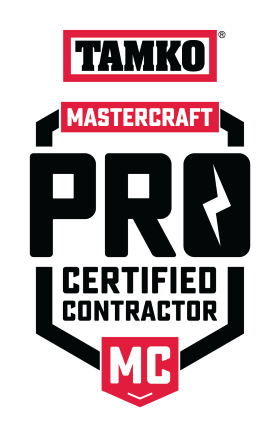
A roof safety harness and personal fall arrest system will help keep you safe while working on a steeply pitched roof.
For some roof construction jobs, working from a scaffold isn’t a viable option. In these cases, workers need some way to protect themselves from a fall. The most common way to ensure a worker is safe while working on a steeply pitched roof is the use of a roof safety harness and personal fall arrest system. Let’s take a closer look at the different parts of this system and how they work.
Roof Anchor and Rope
The whole system needs to be properly anchored, or else what’s the point, really. Roof safety harness anchors are rectangular stips of metal that need to be bolted to rafters, trusses, or ridge beams from the exterior of the roof. The anchor has an attachment point for one end of the rope, which hangs from the anchor.
Lanyard and Rope-Grab
From the rope, a device call a rope-grab is attached to a lanyard. The lanyard is usually made out of super-strong nylon webbing, and attaches to a harness made from the same material. The rope-grab allows for the rope to move smoothly through the device in one direction, but cinches down on the rope and doesn’t allow movement when trying to run the rope through the device in the opposite direction.
Harness
It’s important to check every strap, stitch, and buckle before using a safety harness. Roof safety harnesses are full-body style, with straps running over the shoulders, around the waist, and around the legs. There is also an adjustment strap that runs along the chest to ensure the shoulder straps are held in the proper place. Be sure to adjust the straps so there is a snug fit.
Contact Topper Construction Today!
If you’re interested in having gutters installed in your home, or would like a free estimate, contact Topper Construction. With Topper Construction, you’ll see the benefit of nearly three decades of experience. Contact Topper Construction at 301-874-0220 or email us at info@topperconstruction.com if you are interested in learning more. We can help you with projects in Delaware, Maryland, Pennsylvania, West Virginia, and Northern Virginia.





